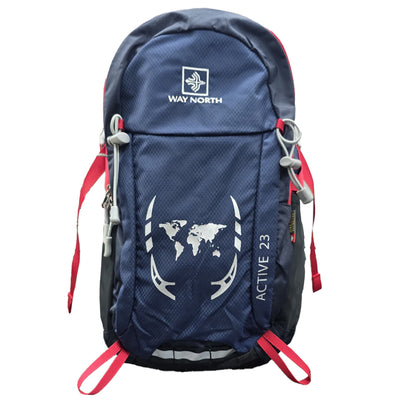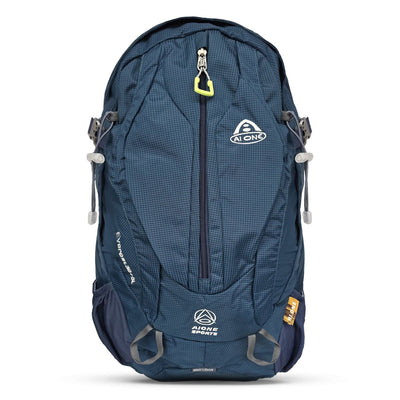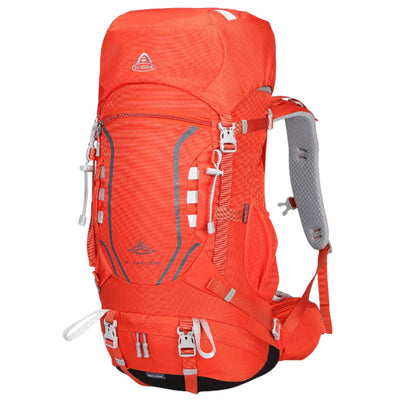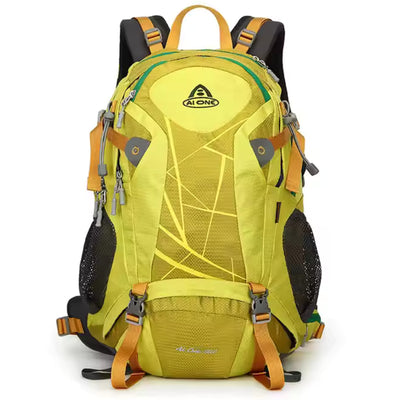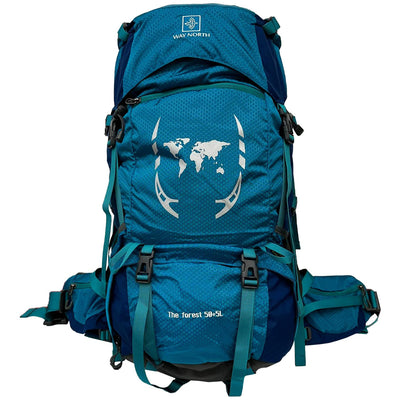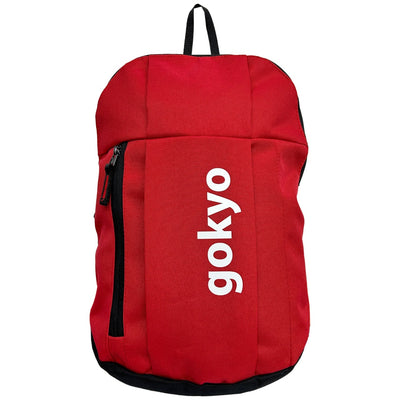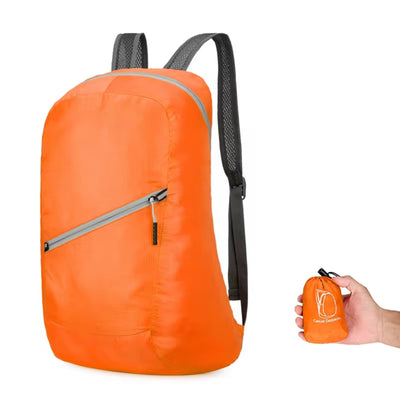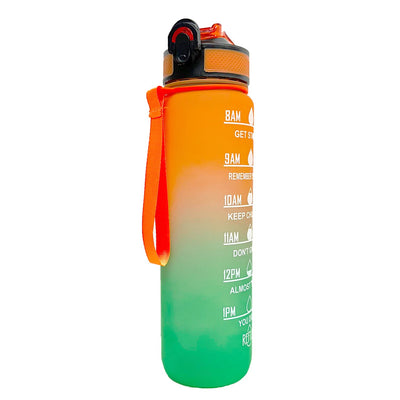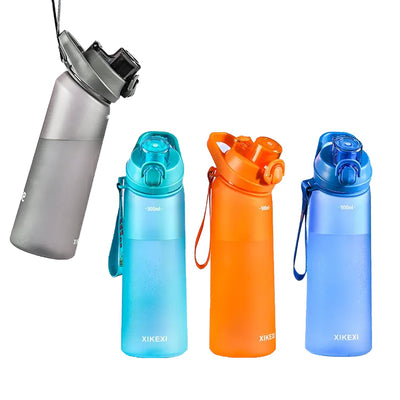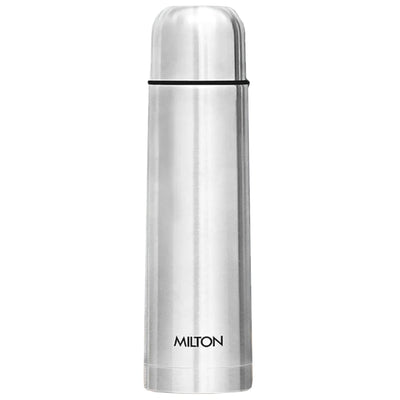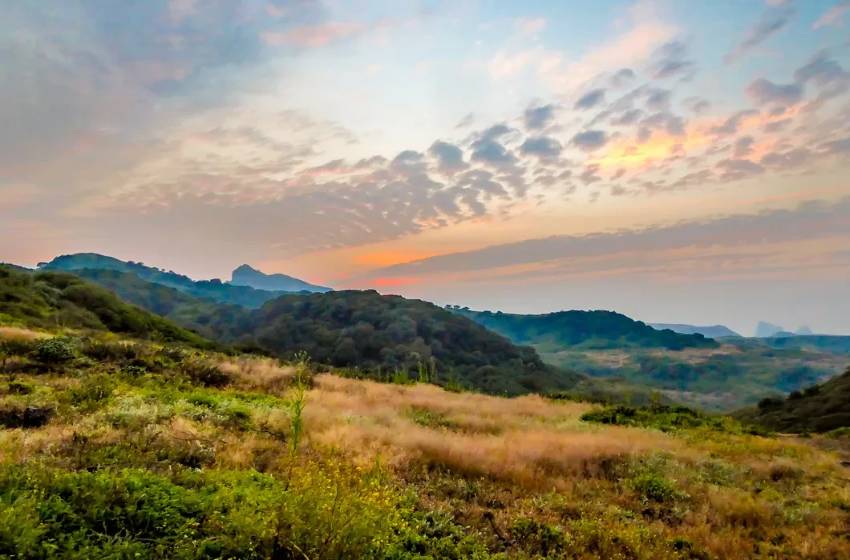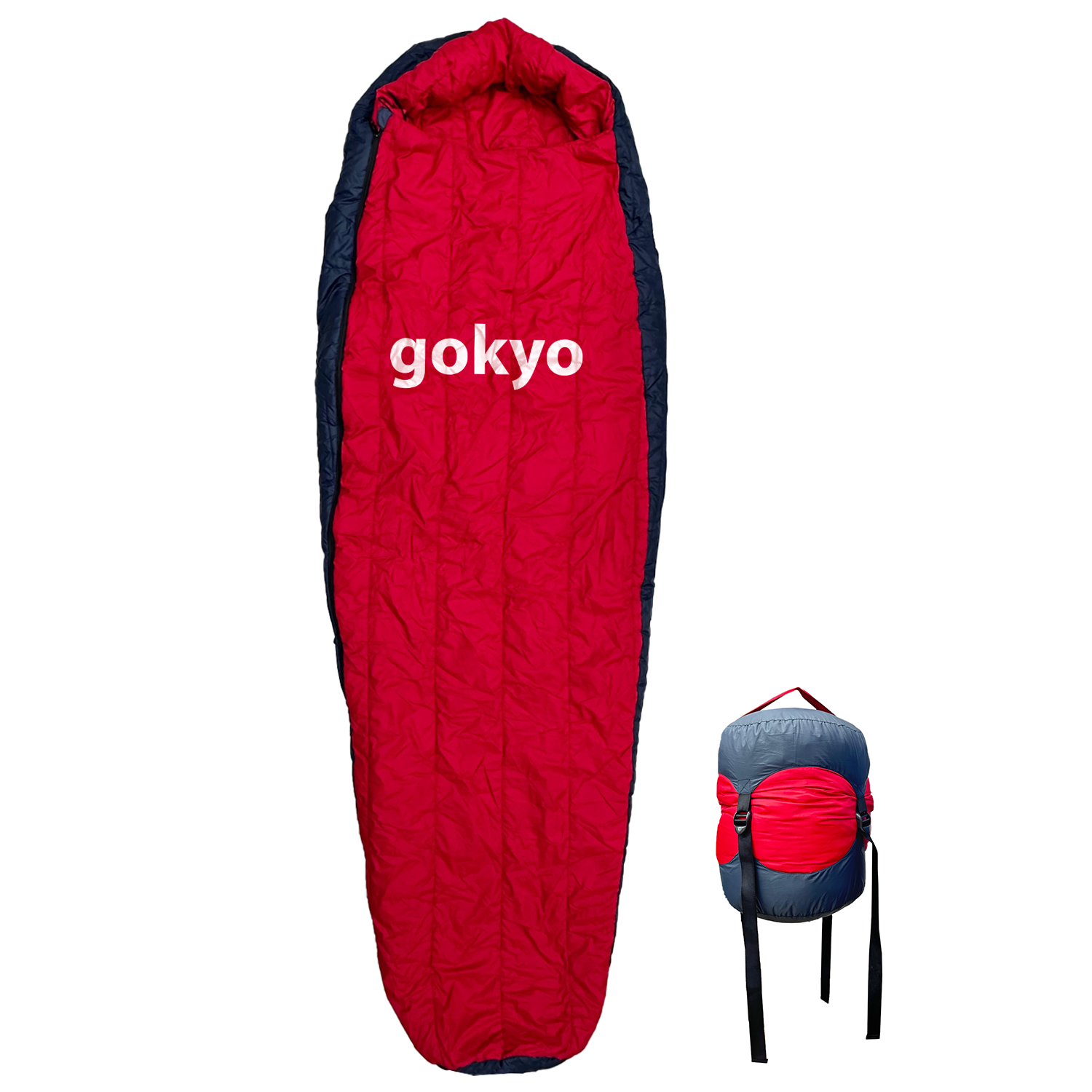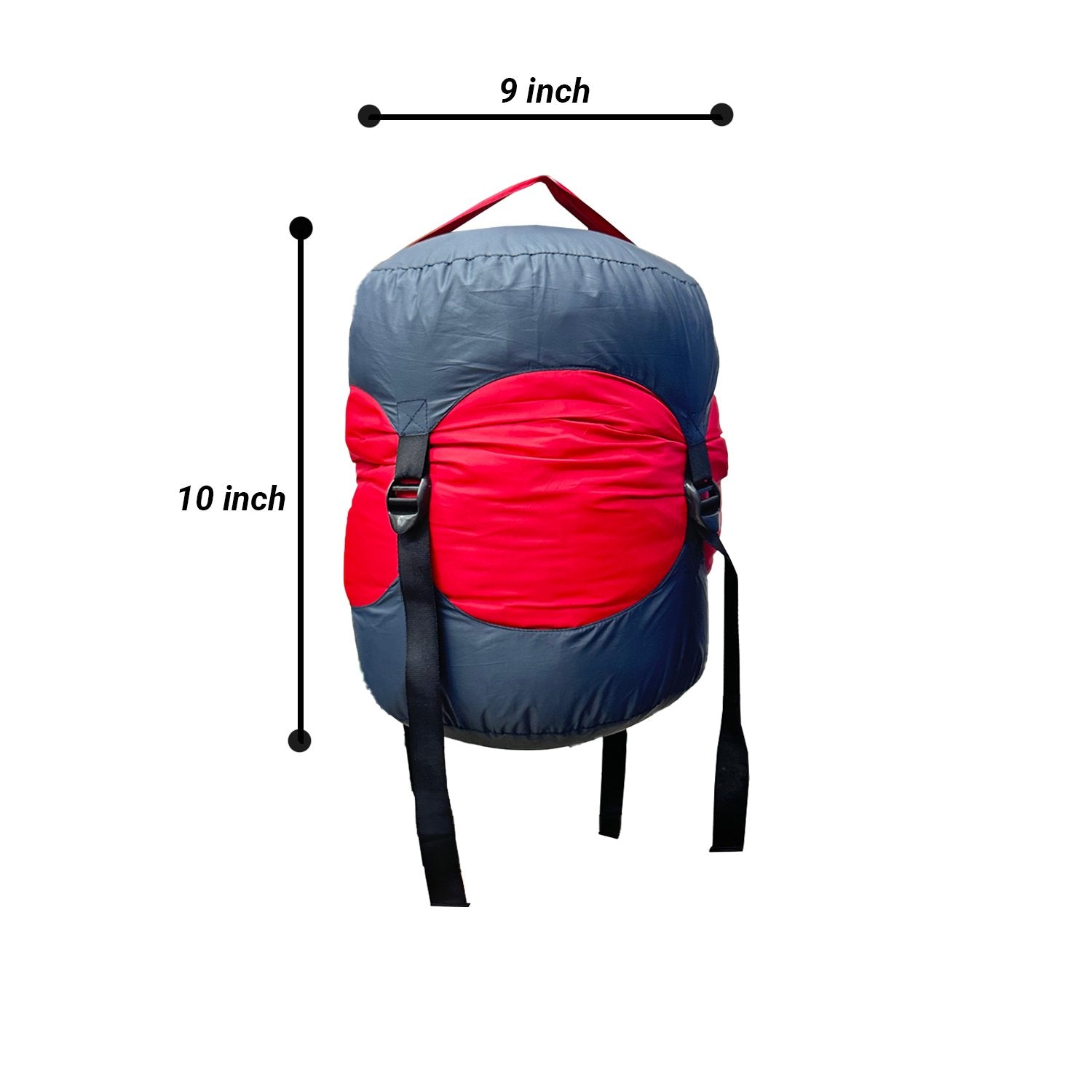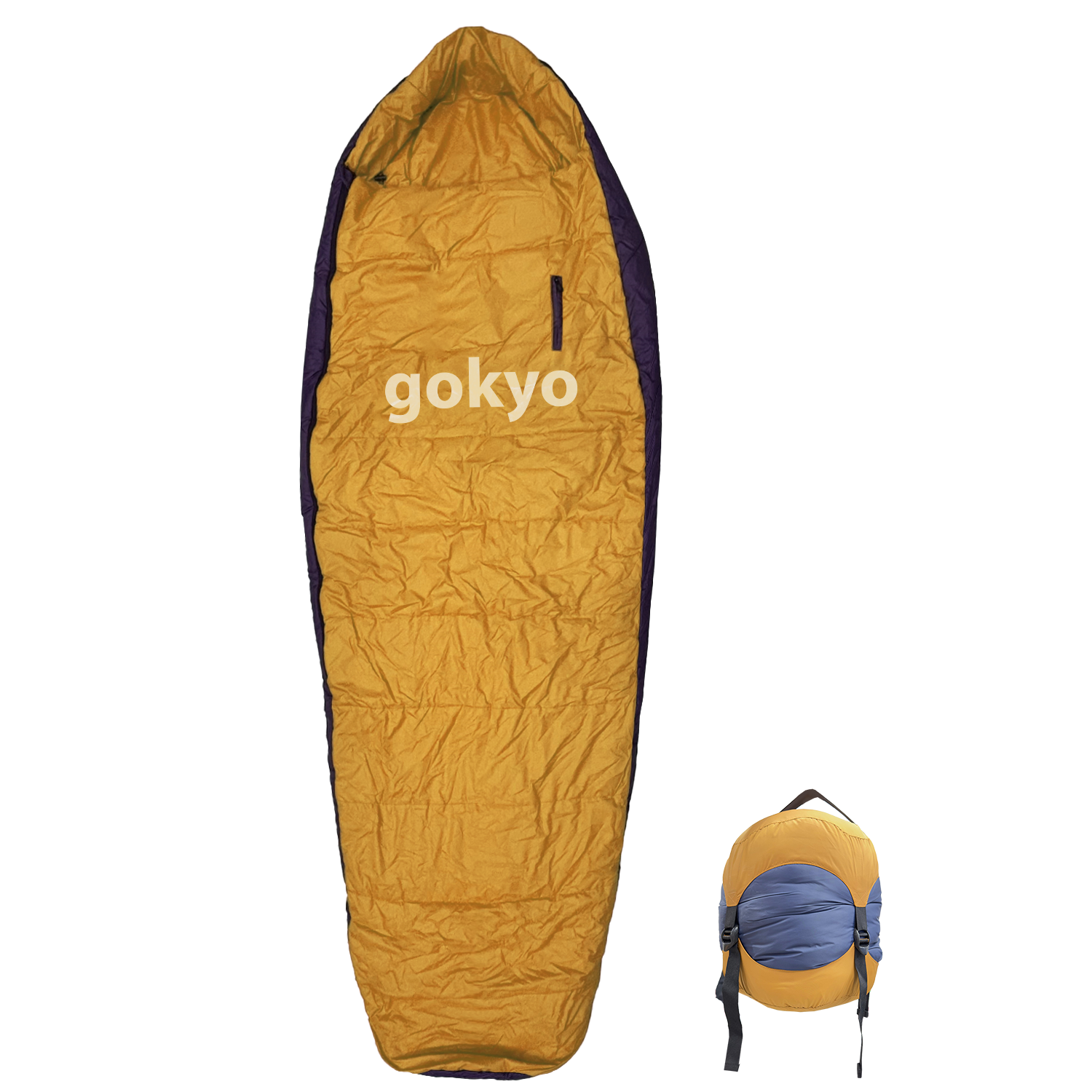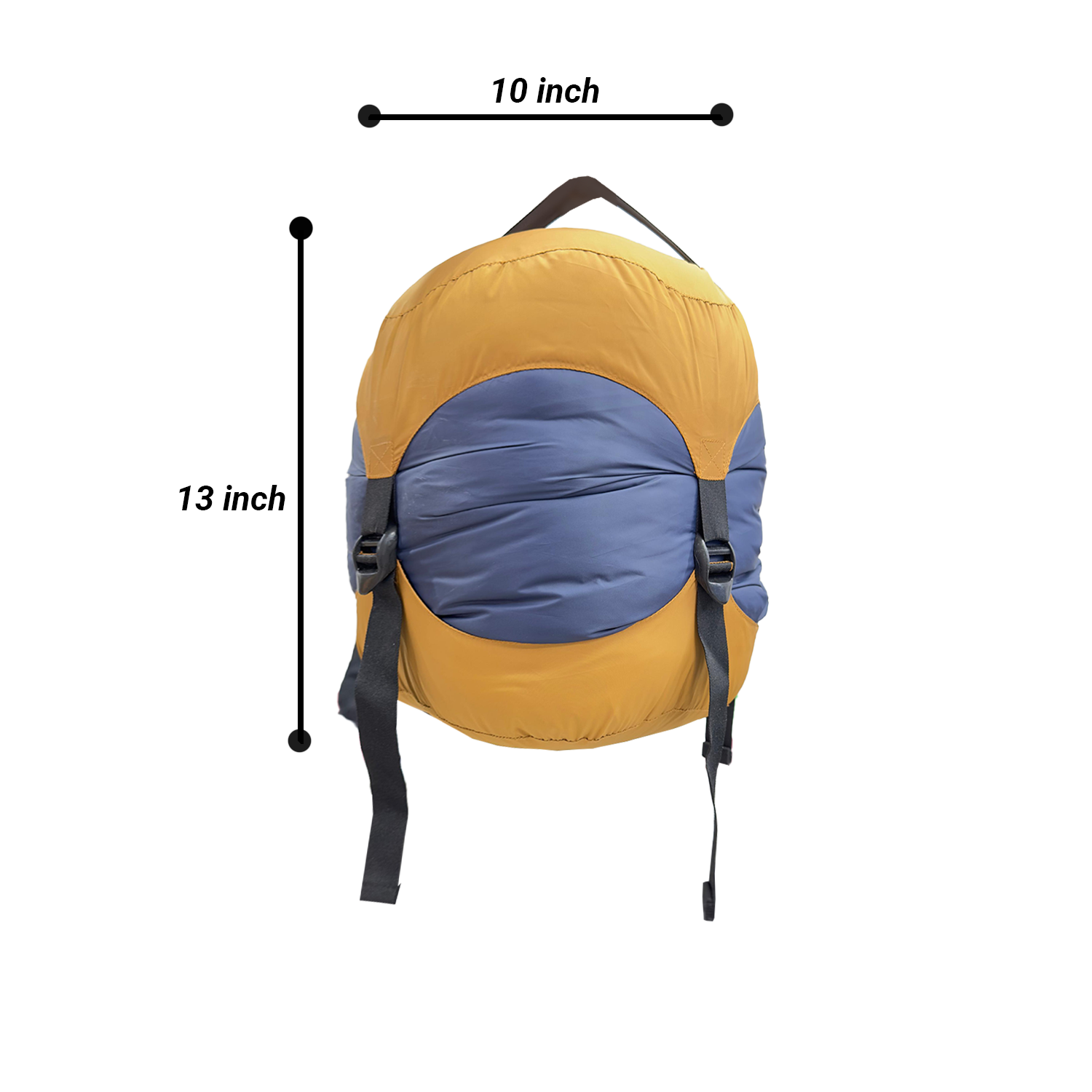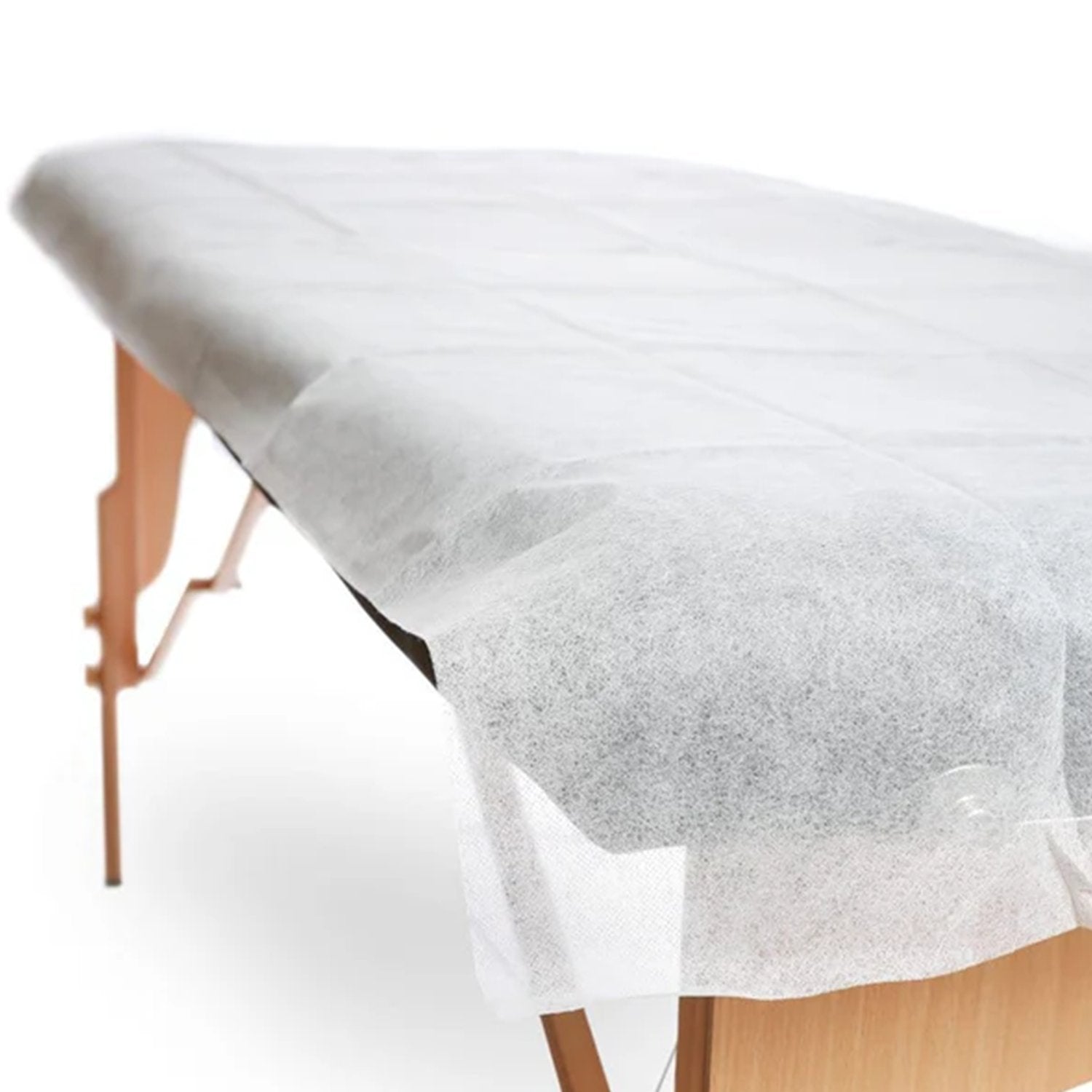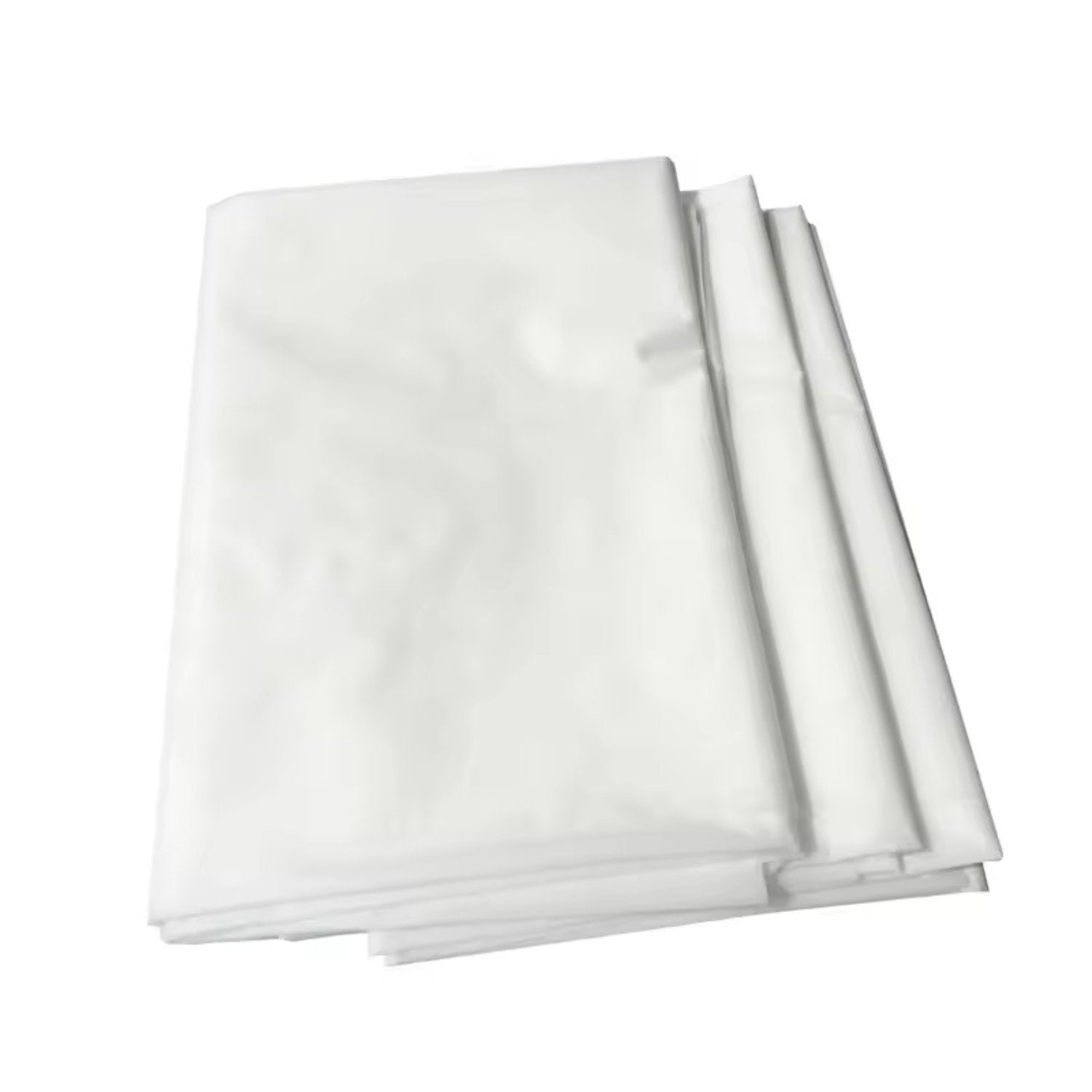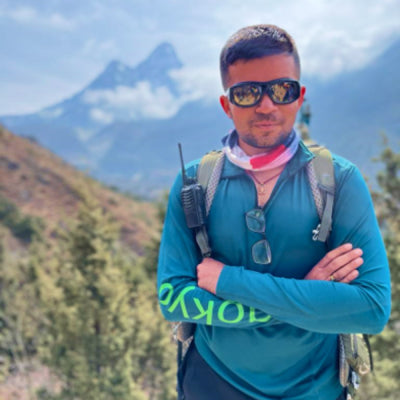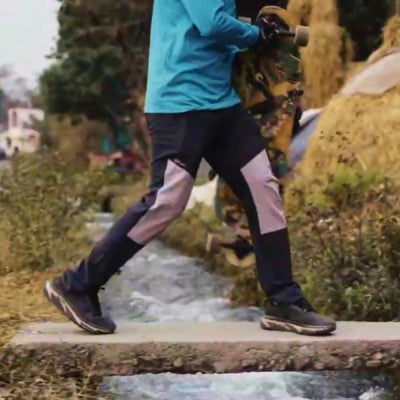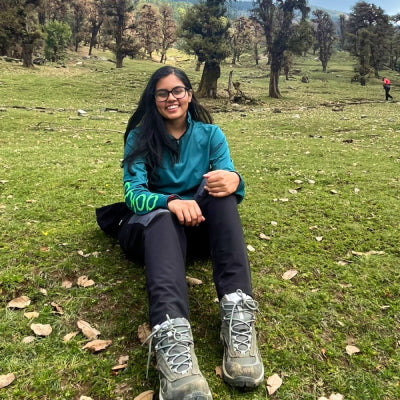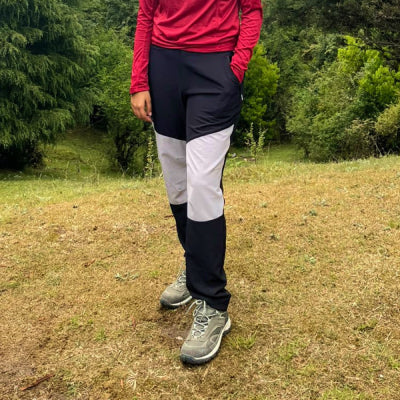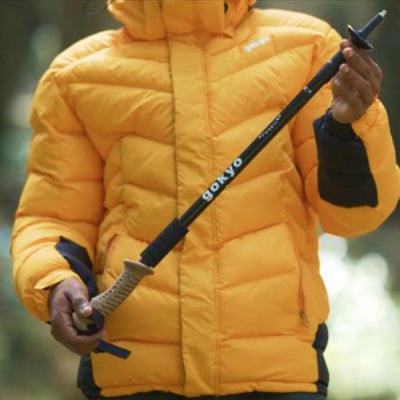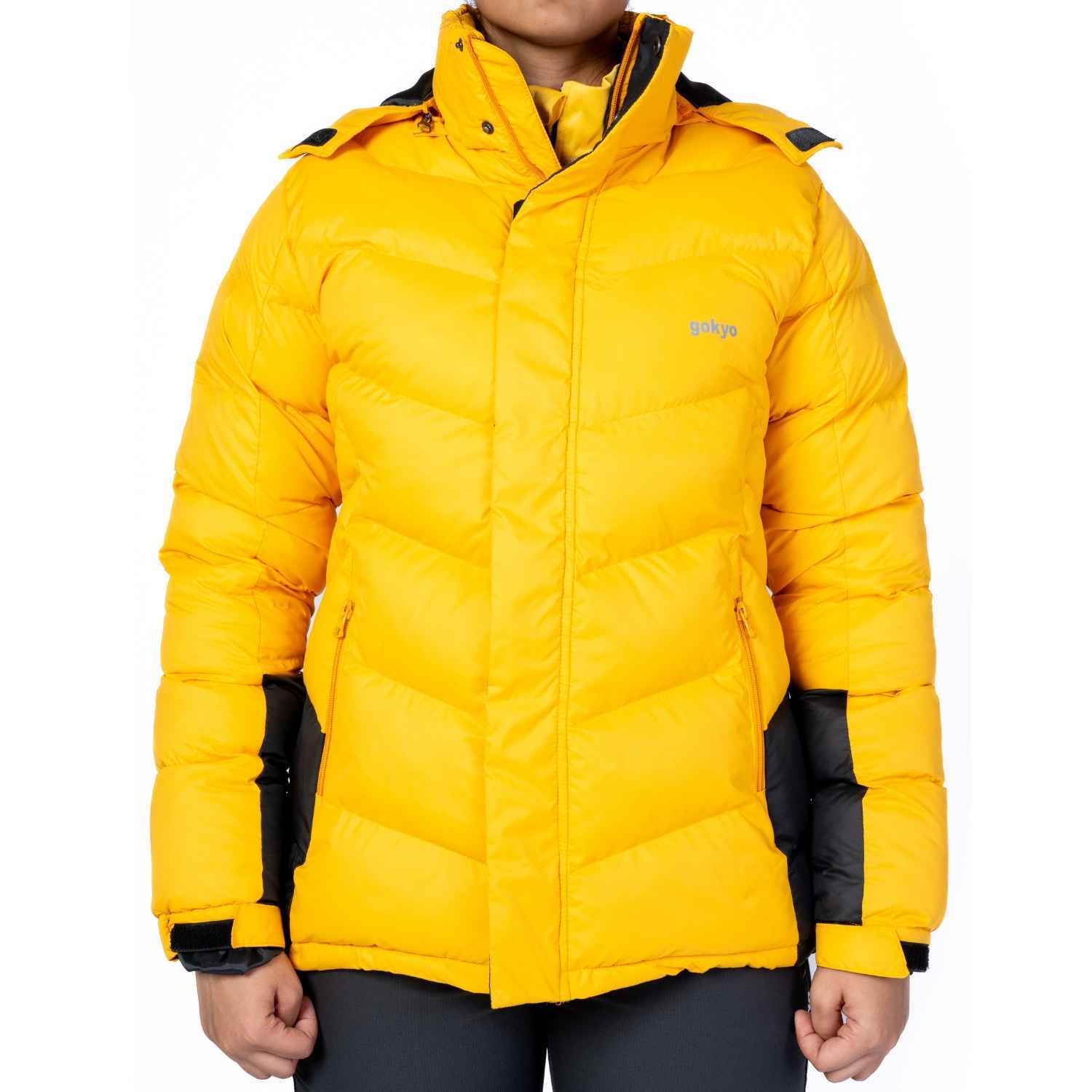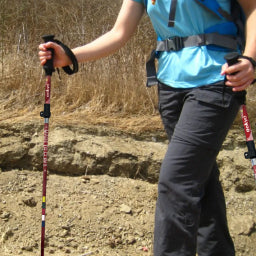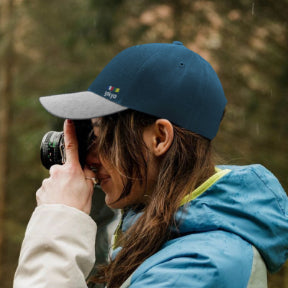A long day of trekking and hustling through terrains and uneven mountains calls for a comfy, cozy, and sound sleep. Not getting a good sleep ruins the entire excitement and keeps you cranky for further days. Therefore, good sleeping bags that keep you warm are very important. Sleeping bags are an essential part of a trek and the only thing that lets you relax after a hectic hike. Staying warm in it is very important. While layering up with extra clothes can help, there are also several strategies you can use to maximize warmth without adding those extra layers.
Gokyo has brought you all kinds of ways to stay warm in your sleeping bags and get a fitful sleep. Here are some:
- Choose the right sleeping bag for the temperature: Sleeping bags are designed based on the temperatures, ranging from summer to extreme cold. That is why you should make sure that the sleeping bags you have are in the temperature range of the trek you are going on. For winter camping, consider a three-season or winter-rated bag with down insulation for greater warmth-to-weight efficiency. Additionally, take care of the fit. Fit plays a vital role in keeping you comfortable. A bag too big will let the airflow, which will make you feel cold, while a snug-fitting bag keeps you warm and comfortable, maximizing insulation.
- Use a sleeping pad with insulation: Regardless of the quality of the sleeping bags, a good sleeping pad is essential. When it comes to choosing either foam or an inflatable sleeping pad, people usually go for the inflatable one. The inflatable sleeping pad might be easy to pack and compose; it does not offer very high insulation, while a foam sleeping pad may take up some space but let you have a sound sleep.
- Pre-warm your sleeping bag: The best way to fall asleep right after you enter your bag is to pre-heat it. Try moving around to generate body heat before getting into the bag. Another way is to keep a hot water bag or bottle at the foot of the sleeping bag. It can keep you toasty throughout the night. Stay careful of leaks. If you're heading into extremely cold temperatures, putting your insulated clothes on inside the bag before crawling in will raise your core temperature and prevent your body heat from dissipating
- Limit heat loss through your head and neck: The head and neck are the areas from where the heat can escape and can leave you sleepless. That is why you should go for a snug cap (a must-have in your backpacks) that keeps you warm and covers your ear or opt for the sleeping bags that come with a hood. This prevents warmth from escaping while also protecting your face from the cold.
Explore Our Top Trekking Backpacks for Every Adventure
Conclusion
Staying warm in a sleeping bag does not have to be a daunting task. There are smart ways to keep you warm; you just have to think practically. Gokyo has everything to make outdoor adventure fun and comfortable, from sleeping bags to trekking bottles. This guide by Gokyo will help you have the best sleep to recover from your tiredness.
Hydration On-the-Go with Trekking Water Bottles
Frequently Asked Questions (FAQs) :
-
How do I choose the right sleeping bag for cold weather?
For winter camping, consider a three-season or winter-rated bag with down insulation for greater warmth-to-weight efficiency.
-
What temperature rating should my sleeping bag have for winter camping?
The recommended temperature rating for winter camping is 20°F (-6°C) to 30°F (-1°C).
-
Does the fit of a sleeping bag affect its warmth?
Fit plays a vital role in keeping you comfortable. A bag too big will let the airflow, which will make you feel cold, while a snug-fitting bag keeps you warm and comfortable, maximizing insulation.
-
Should I use a sleeping bag with a hood for extra warmth?
Yes, sleeping bags with hoods keep you warm and prevent any chance for heat to escape.
-
What type of insulation is best for sleeping bags in extreme cold?
For extreme cold, a foam sleeping pad is a great choice for insulation.




